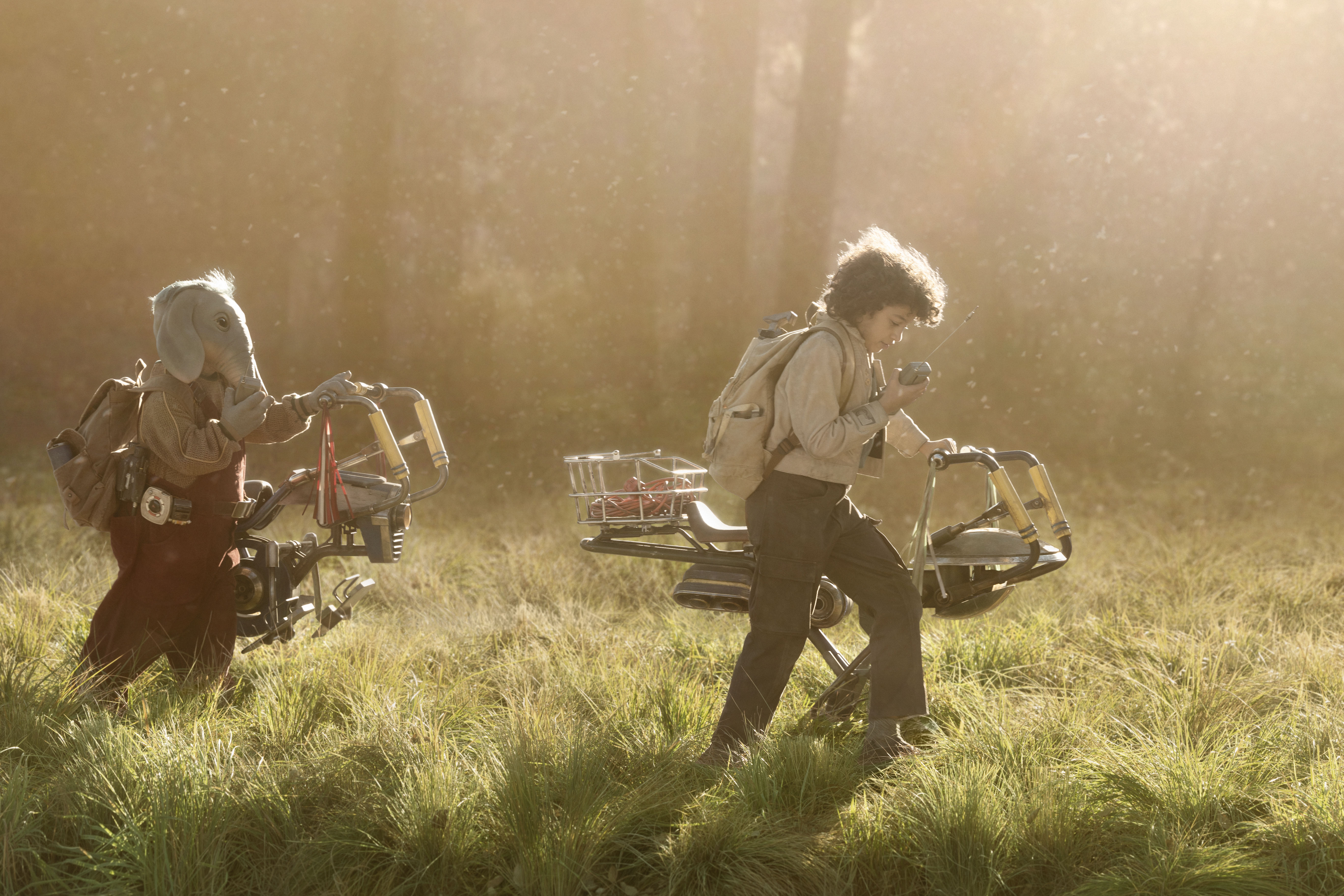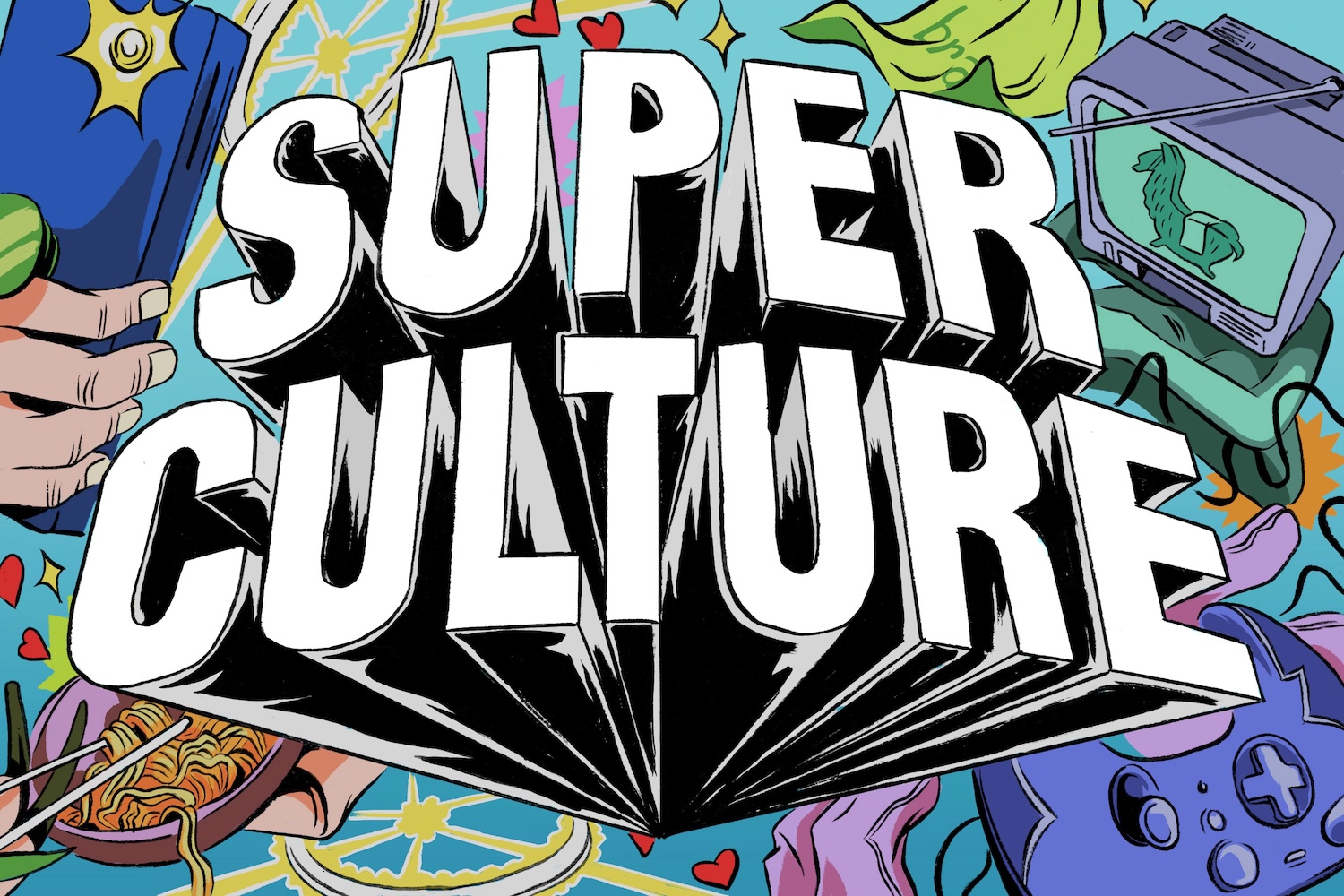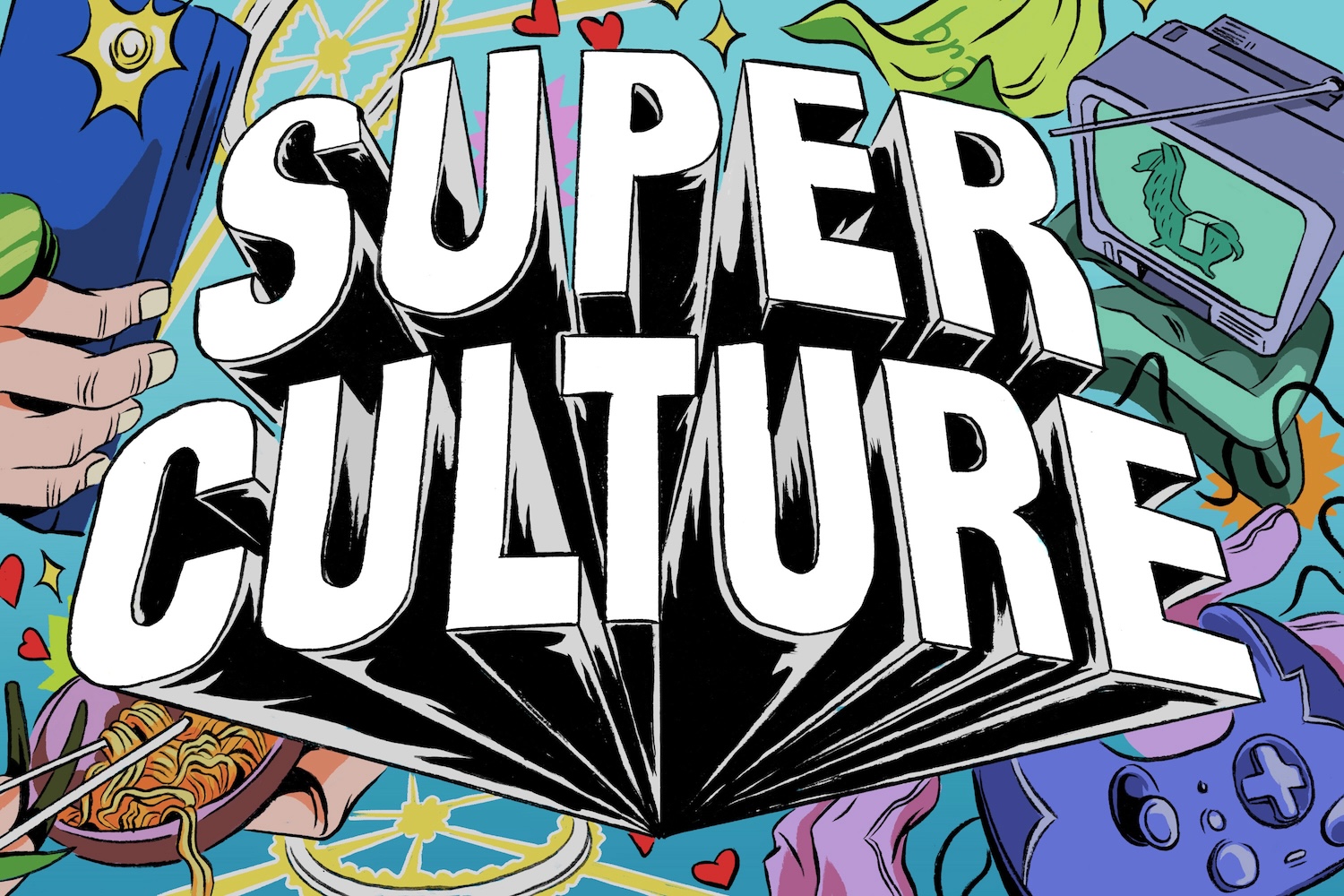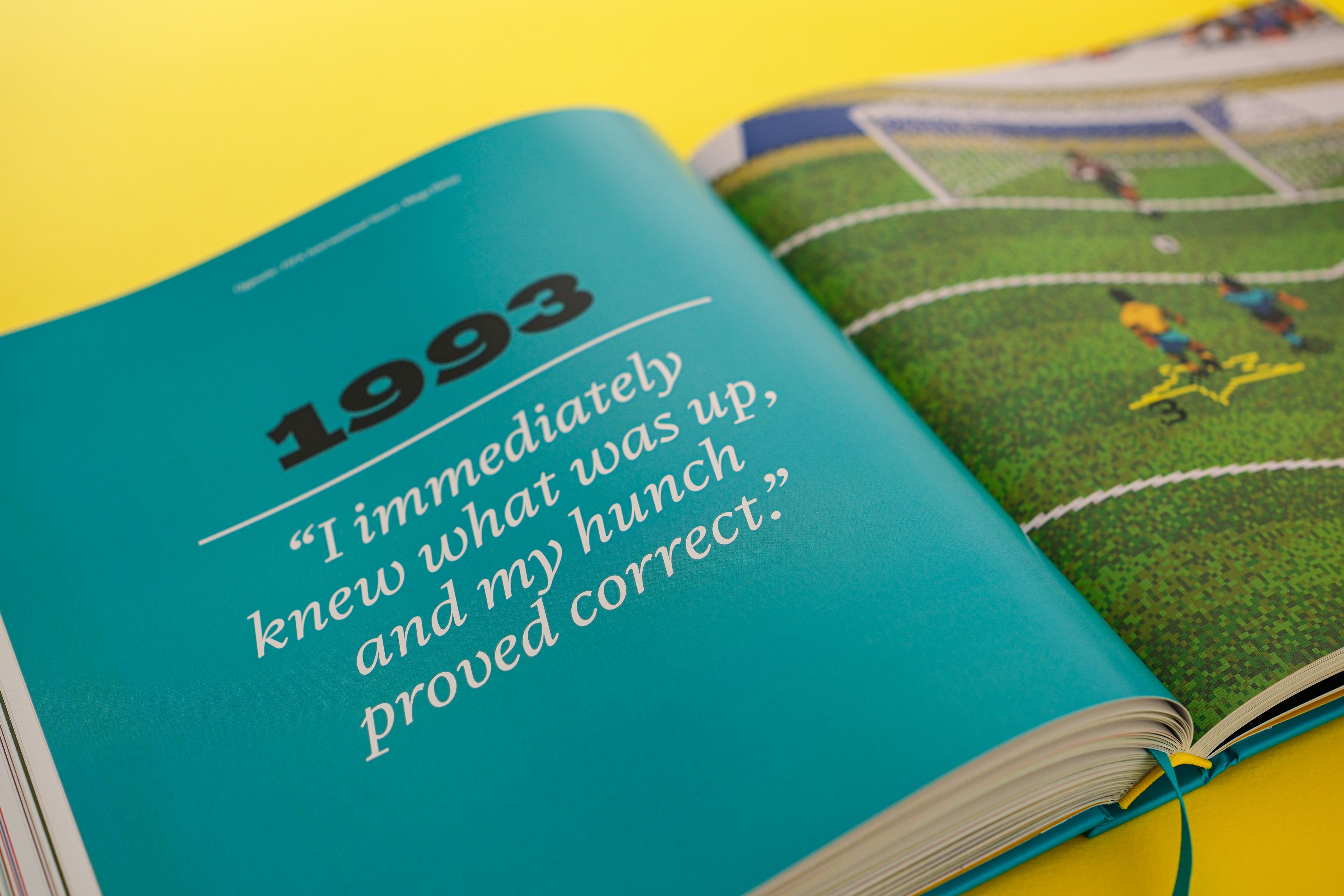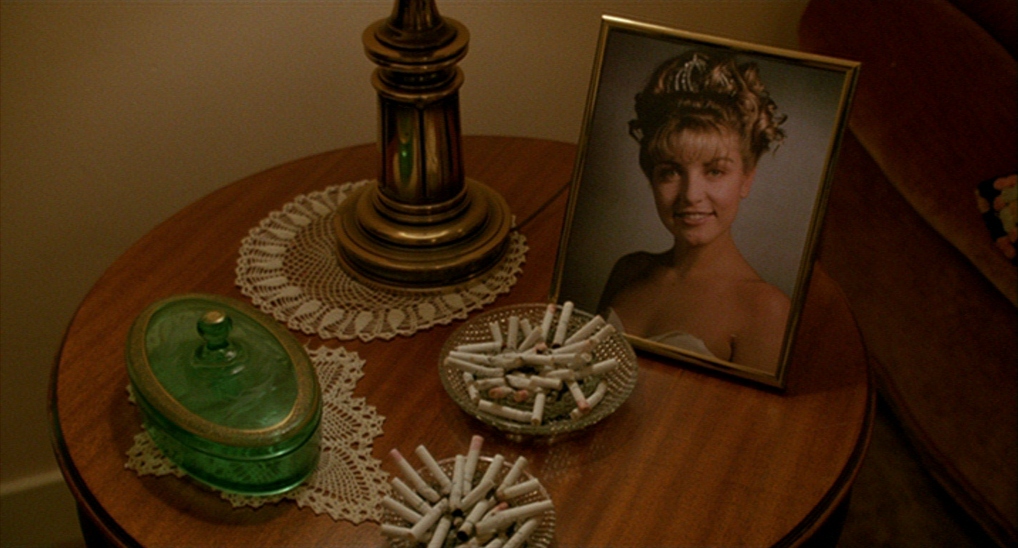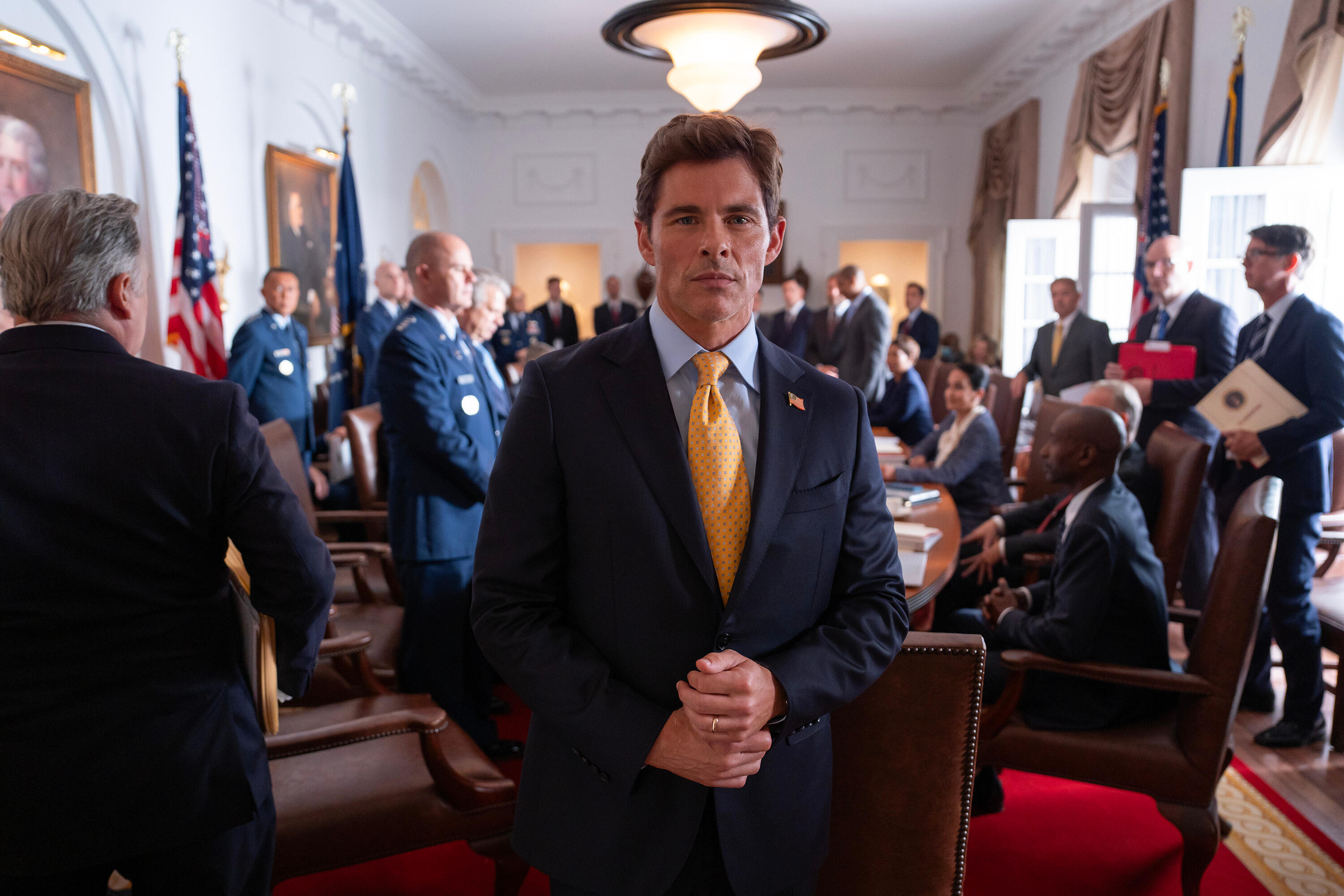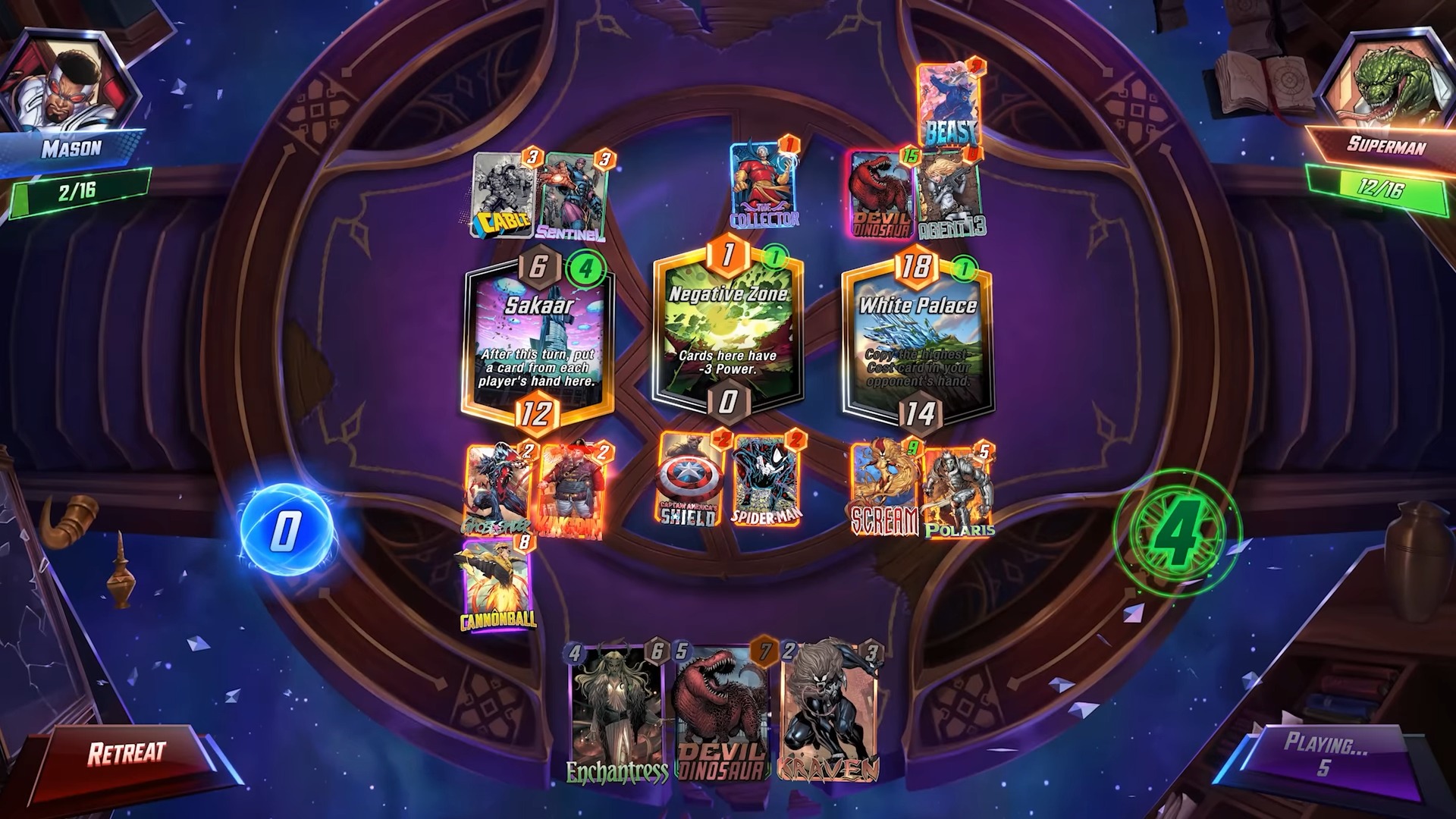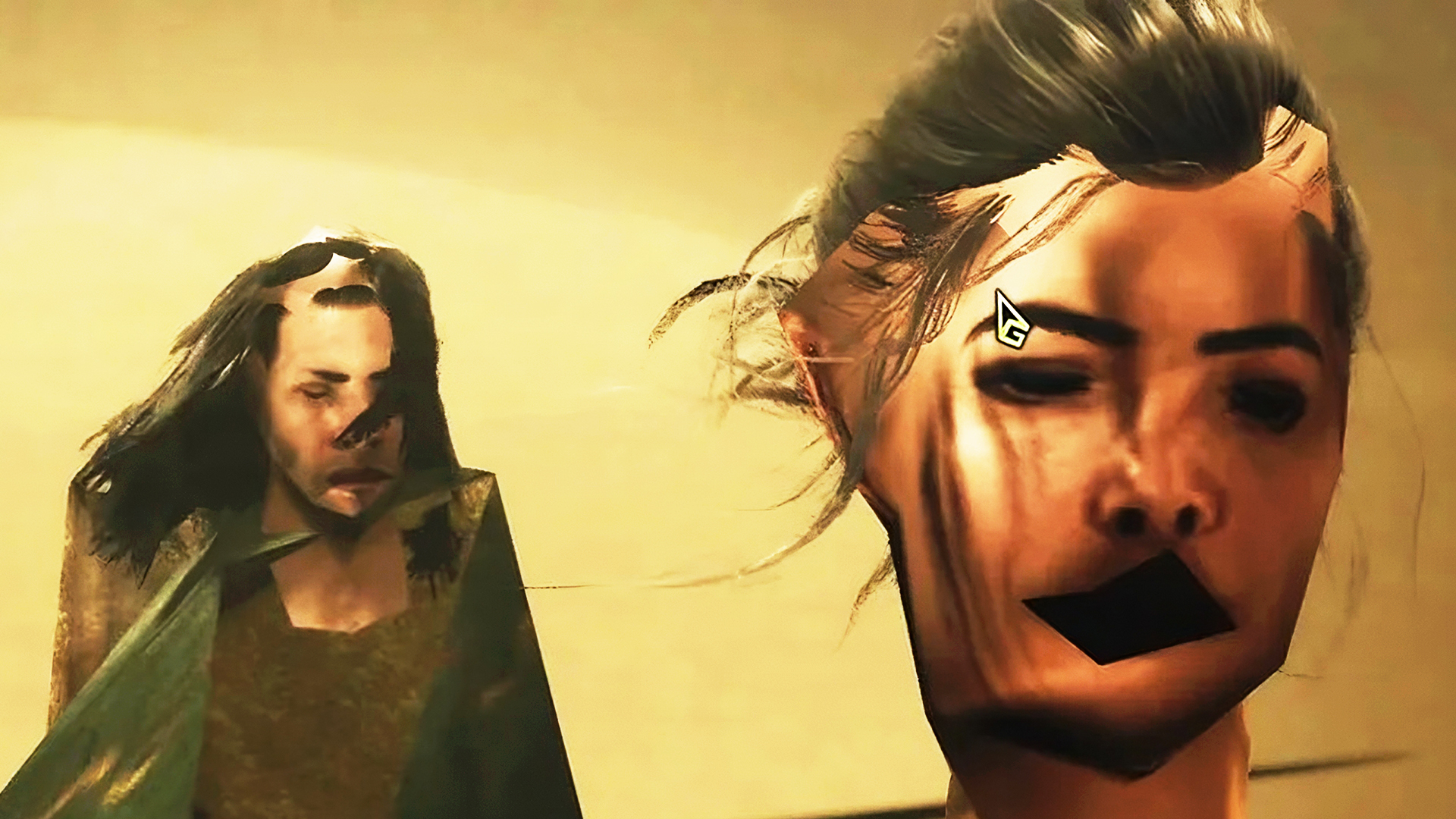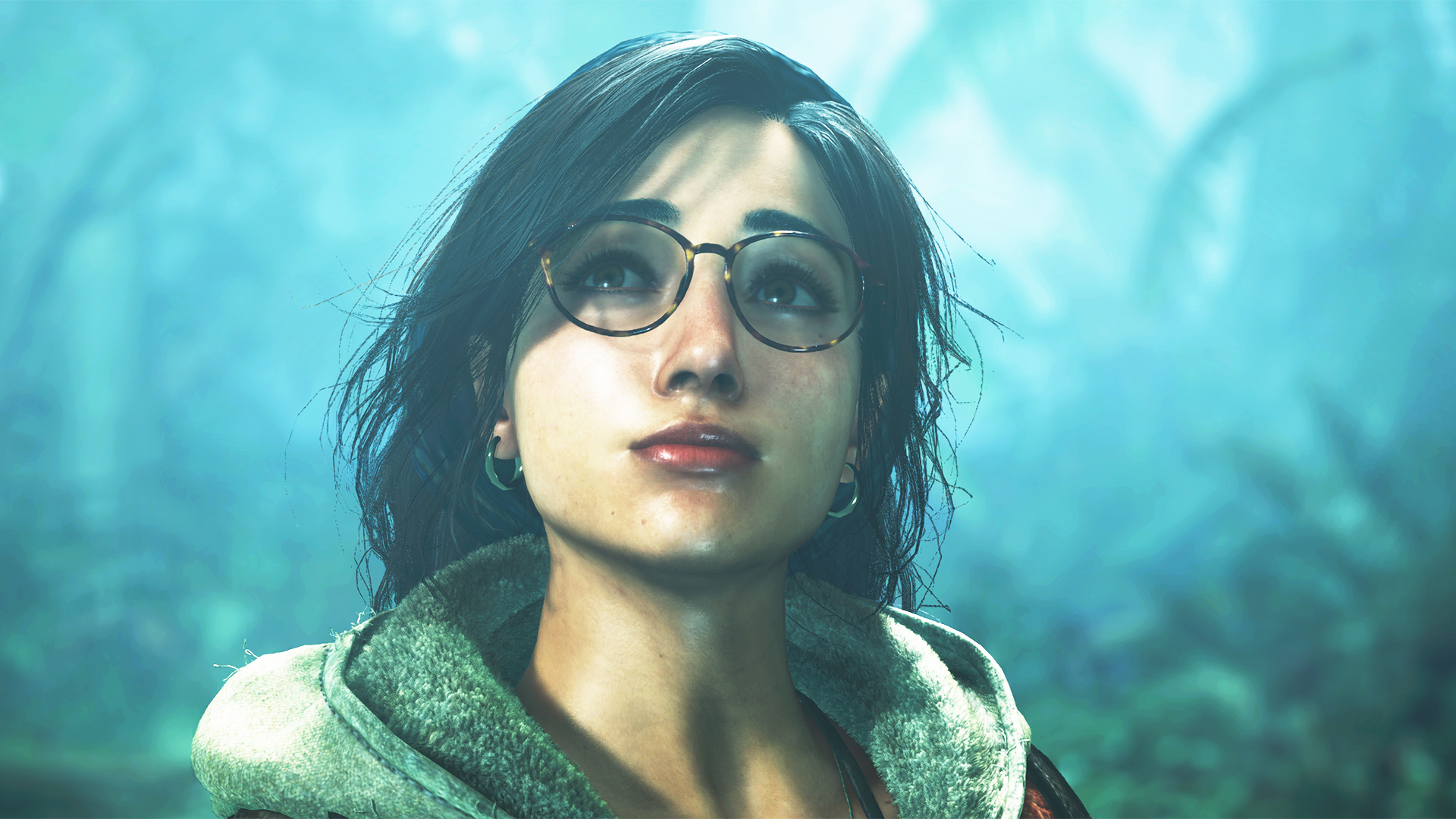Julian “Jaz” Rignall has been playing games for nearly 50 years, and writing about them for most of those. The former competitive arcade game player and Mean Machines editor has seen the games industry morph through more generations than are easy to count, and now he’s written a book about it.
The Games of a Lifetime is part memoir, part archive, and a generally fascinating look at gaming history through the eyes of someone who was there for most of it, cherry-picking some of his favorite memories and telling stories about his experiences that are broadly relatable to anyone who played these games.
In an effort to spotlight many of the game-related books and documentaries available, Polygon is kicking off an email interview series with the people behind them. First up, we asked Rignall about how to define his book, the best magazine he ever produced, and how he’d add a bonus final chapter if given a bit more time.
Polygon: I’ve been trying to figure out the best way to describe the book, and it seems like an autobiography, but one that’s anchored to specific games you’ve played over the years. How right or wrong am I?
Julian Rignall: Yeah, it’s an odd one. Basically, I didn’t want to write a full-on autobiography (as in, a memoir that includes more detailed blow-by-blow accounts of the day-to-day happenings — that’s for later), but I also didn’t want to write an encyclopedia because (a) there are a lot of them about, and (b) an encyclopedia format kind of lends itself to something that feels definitive, which this isn’t. Ultimately, I wanted to highlight my own most memorable and notable gaming experiences and present them as a “history as it happened” kind of thing, complete with contemporary life and pop culture context. I often talk about this book being “video game time travel,” and that’s really what’s going on. It’s about how I felt about things at the time and why — so someone who was there can hopefully relate to it, and those who weren’t can perhaps gain some insight into why we liked the things we did back then.
How did you land on that approach?
The book started as a series of experiential essays, and once I’d written a bunch of them, I began to realize they represented periods in my life, and the idea of stringing them all together with a personal life narrative seemed like a good idea — and something I don’t recall as being done to this extent before. Perhaps because there ain’t many folks been around as long as I.
What’s the best issue of a magazine you ever worked on, and why? Worst?
Best? That’d be the Xmas 1991 edition of Mean Machines. A festive tome of some 200 pages that had an absolutely incredible, full-color hologram of Mario on the cover. And this wasn’t some meager POS — it was huge! It looked amazing on the shelves, especially in well-lit newsagents. Inside, it was packed with reviews and all sorts of festive features and contests, all written to — even though I say so myself — exceptional levels of craziness, lavatorial humor, and double entendres. I mean, there was a contest to photograph the untidiest bedroom and the address to send it in started, “This is the stinking, festering, steaming pit in which I sleep,” and another where you had to design the interior of a phone box for one of the magazine’s reviewers (Richard Leadbetter, aka Digital Foundry). That one’s address started, “When it comes to fun and frolics, my box would give Rich the most satisfaction.” We had a lot of fun writing that magazine…
Worst? I dunno. It’s like being asked who’s your least favorite child? All of them have good things and bad things. I guess it’s the last issue of GamePro. That was a heartbreaker because it was our newly redesigned issue, we’d all worked really hard on it, and it was actually something we were all very proud of because it was really freakin’ good. But it didn’t even get sent out. We were shut down unexpectedly just after it was printed, and it was cheaper to destroy the mags rather than distribute them.
The book ends with MLB The Show 23, which came out a couple years ago. If you were to add another chapter now, what would it cover? Or if you like, want to write a couple-paragraph version of that chapter here?
Honestly? I’d probably just end it with MLB 25! I loved bookending a story that spans nigh on 50 years of video game history with a pair of bat-and-ball games. I had an absolutely enormous writergasm when I figured that out!
However, if I did include a more contemporary final chapter, I’d add Helldivers 2, which is just freakin’ great, as any gamer worth his salt knows. I mean, it’s such a brilliant concept: Give people perhaps the most dangerously destructive weapons ever seen in a multiplayer game with no safety mode and throw them into an environment filled with hordes of deadly enemies to kick the shit out of! A recipe for the absolute best kind of madness and mayhem!
I’d also write a lot more about No Man’s Sky, which, thanks to its PS5 update and sandbox mode, I’ve spent a ton of time in. The sandbox mode removes all the things I hate about the game, like the endless, super tedious schlepping about collecting resources. In sandbox mode you can do and make whatever you want. I’ve become an explorer/builder and have had an absolutely brilliant time finding amazing locations and creating cool dwellings for myself. I’ve made a villain’s lair inside of a mountain, have a house perched atop an island overlooking a lake, and an underwater complex that you can get to from above ground. Plus, I’ve been able to acquire all sorts of cool spaceships and other stuff. I love it — and have spent hundreds more hours playing it since I wrote about it in the book — which is a testament to the dedication and hard work of the developer.
And I’d definitely talk about Concord. I feel that was an absolutely killer game but was marketed in a way that not only completely mismanaged players’ expectations but also utterly failed to articulate why it was so good. An absolutely shambolic travesty that I certainly have one or two opinions about!
